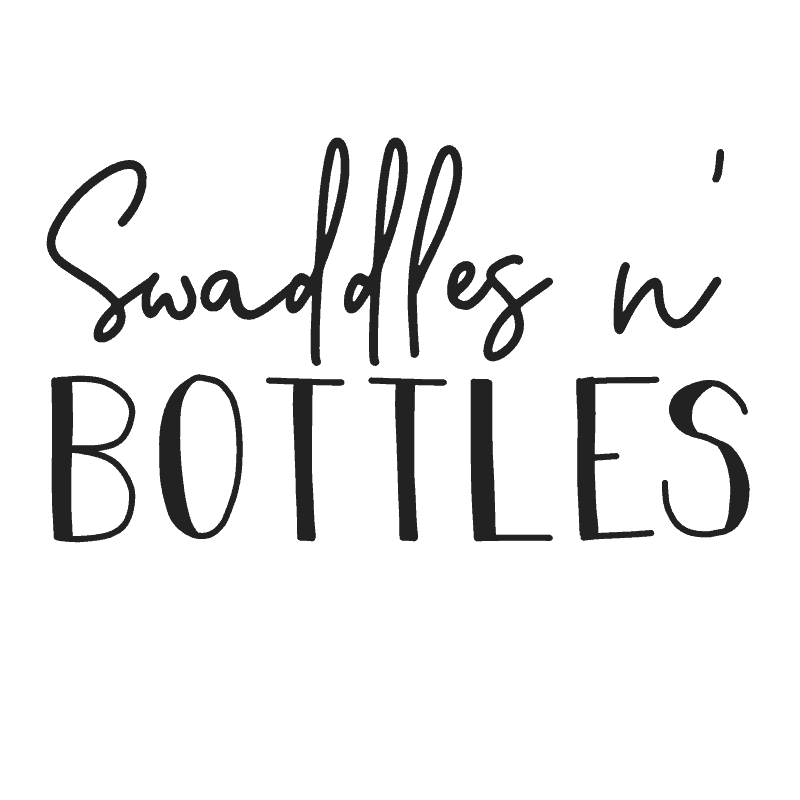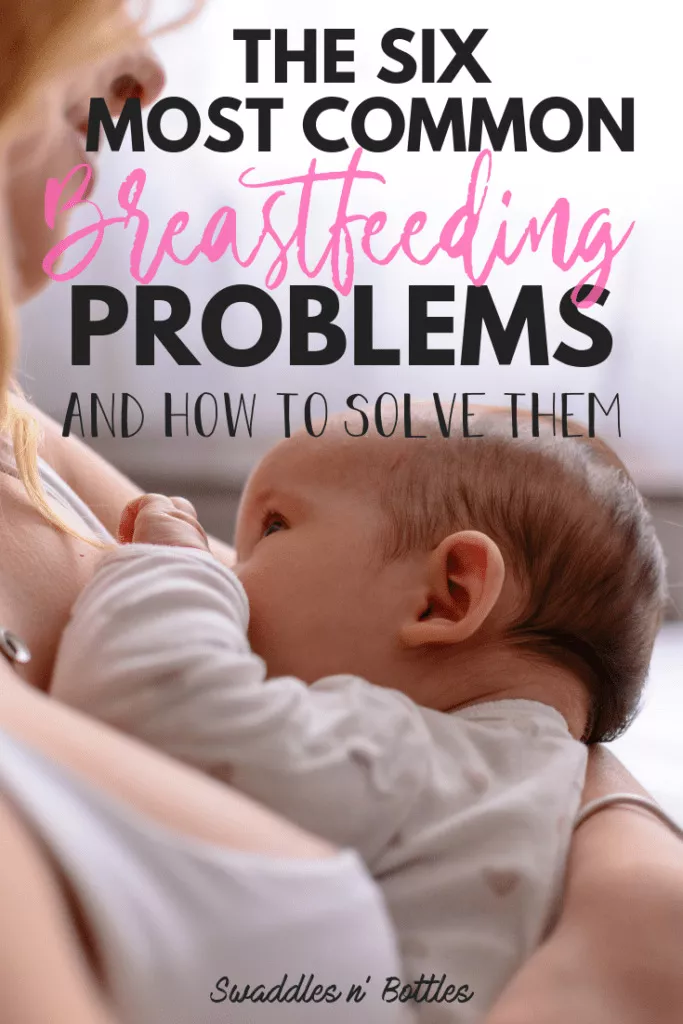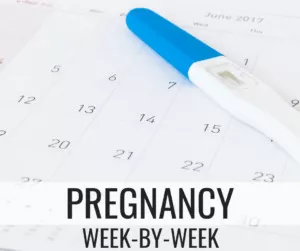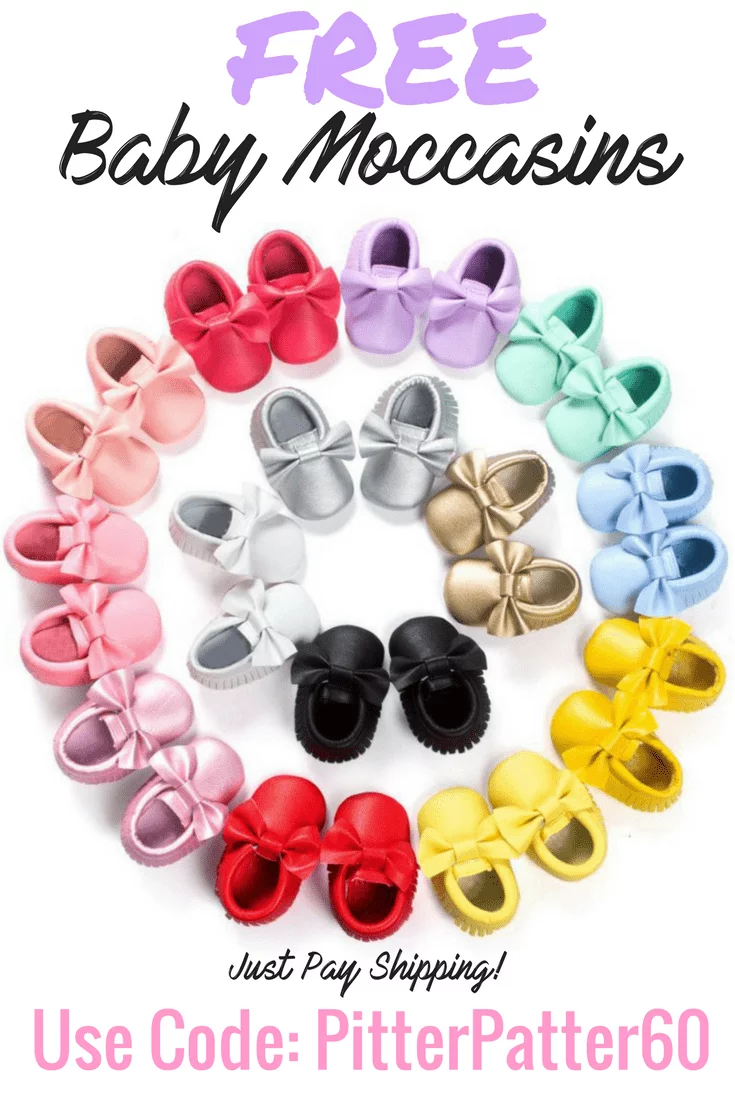Breastfeeding is such an amazing bonding time between a mother and her baby. However, there are often many challenges that arise on the course of a mom’s breastfeeding journey. I myself breastfed three, although one baby was weak from heart surgery, and stopped nursing at six weeks. I’m familiar with many of the struggles we face while breastfeeding, and I thought I would share some of my solutions.
Difficulty latching
All babies have to learn to latch. They obviously weren’t nursing in your belly, so it’s an acquired skill. As your baby grows, positioning won’t be as important, but in the beginning it is crucial. Make sure you are cradling your baby’s head with the crook of your arm. Position the head just below the nipple and let the baby reach up slightly towards it with his/her mouth. It help sometimes to hold your breast in your hand to guide it towards your baby’s mouth. You can also rub your nipple across the top lip. Get as much help as you can from the lactation consultant in the hospital. Even with my third, I still felt like it was a learning experience beginning again with a newborn. If you still are having difficulty, you can try a nipple guard. Not all babies will accept it, but it’s worth a try. My first learned to latch with it. A problem babies have with latching is that they don’t open their mouths wide enough. When they latch on and their mouths aren’t covering the entire nipple, it is extremely painful! The sucking reflex is strong, and it is meant to cover as much of the lower part of the areola as possible. With the nipple guard on, the oversized plastic nipple forces the infant to open its mouth very wide to accept it, and helps with the latch. Also, if you happen to have an inverted nipple, the nipple guard will make nursing much easier for you.
Nipple pain
One of the hardest parts of nursing is the pain. You would think after just giving birth to a baby that you could handle anything, but nope. Nope, nope. The first thing you want to do is make sure that baby has a good latch, as that could be causing your pain. The good news is that most of the time, this gets significantly more bearable with time. Your nipples get used to it, and baby gets better at feeding. But for the time being, I recommend again trying the nipple guard, as this will virtually erase your pain, and applying Lansinoh Lanolin Cream on your nipple, which is entirely safe for the baby. You can also try applying a warm compress to the breast.
Getting baby to burp
I never had an easy time getting my babies to burp. And they all were gassy, breastfed or not, so I knew it was absolutely necessary. The best thing to do is try different positions.The most common one is to hold the infant against your chest with them peering over your shoulder as you support their head and tap their back. Another method is lay them on their tummy over your leg and burp them. These two were the ones I used mostly with my firstborn. My second baby had heart surgery, so he had sternal precautions for six weeks, which meant no tummy time, so no burping on my leg. At the hospital they recommended the third position, which is to gently sit them up (all floppy and stuff) on your leg, while one hand holds them upright by pressing against the chest, and simultaneously using the fingers to cradle the chin in your hand to support it from the front while the other hand does the burping.
Engorgement
Engorgement occurs when you have an unusually large amount of milk in your breasts. Within a week of baby being born, your milk comes in. Whereas previous your flow was a trickle, suddenly your breasts are hard and painful. Your breasts can also become engorged for other reasons. If baby prefers to feed on one side over the other, the neglected breast may become engorged. Or sometimes you just have a lot of milk! To manage the pain, you can use a warm compress on your breasts. If your milk just came in, the baby should help regulate the flow, and your breasts should normalize within a few days. If baby prefers one side and won’t take the other, you can pump on the unwanted side. This also should help prevent mastitis. In general, pumping can provide relief for engorged breasts, although it will also help to maintain your high level of milk – read: you’d better get comfortable with that breast pump!
Falling asleep at the breast
My third child insisted on nursing to sleep. The problem with this is that the baby develops the habit of needing to nurse right before they sleep. They then struggle with self-soothing, and night wakings can be a nightmare. Occasional nursing to sleep isn’t bad, but when it’s every single time, it can mess with the baby’s sleep cycle, and there possibly may be a concern if baby’s getting enough milk. If you think baby is starting to drift, to switch to the other breast. You can also change the baby’s diaper between sides as babies don’t sleep during diaper changes. You can also try compressing your breast with your hand to encourage the flow of milk, thus gently stirring baby to wake with the extra food.
Biting
My last child began gnawing ferociously at my breast around ten months. I was very close to giving up on nursing at this point as not only was the pain excruciating, but it also was every single time, including the eight times he woke up every single night. Ouch! I was told that if you pushed baby away and firmly and loudly said, “No!” they would stop, and that was the end of the story. That works in most situations, but it didn’t work for me, and believe me, I had motivation to try. Finally, I did some research and discovered that it was possible that his latch was incorrect (can you believe that, at ten months??!!). The theory was that if the mouth was placed correctly, it would be impossible for the baby to bite. I had tried the nipple guard (another thing I recommend for this), but he wouldn’t take it. So I re-taught him how to latch. I held my breast in my hand and forced him to open his mouth wide. It took a few days, but then he got it! No more biting!
Breastfeeding is a lot of work, and each child has their own unique breastfeeding journey. I encourage you, when things are hard, don’t give up! Research solutions to your problems and ask other moms for advice. You can do it!














